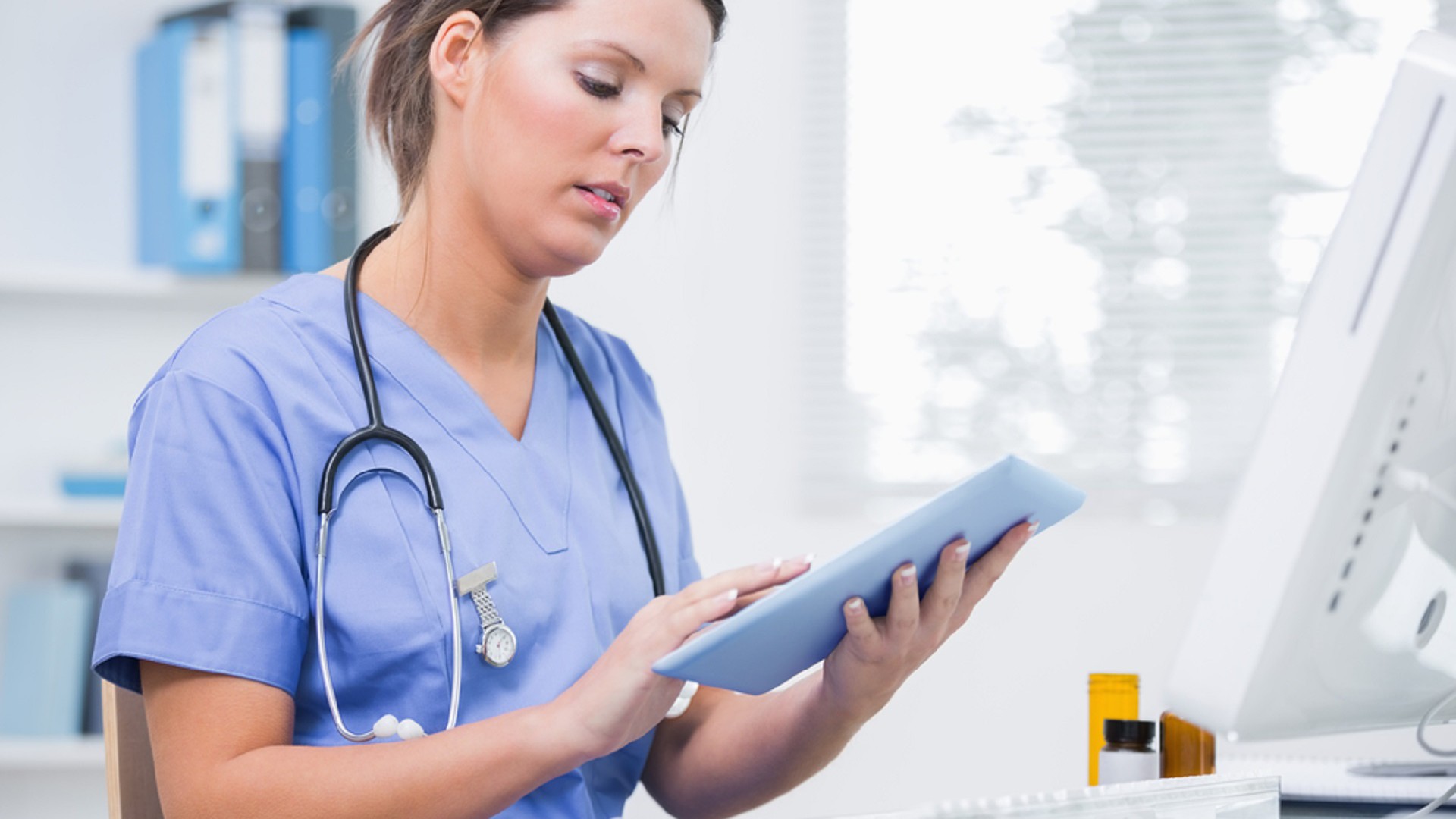No matter the industry, proper asset management is paramount in running a tight ship. Healthcare, of course, is by no means an exception. Patients need care which requires staff that has access to tools, rooms, and workstation hubs like computers on wheels in order to administer that care. Naturally, any given care facility needs to be aware at all times just how much of these assets are available at any given moment. This helps cut down on efficiency issues such as overbooking or inaccurate allocation of resources to patients that aren’t in immediate need.
We’ve only seen a further pronouncement of this need for asset management as the global COVID-19 pandemic exercises increasing sway over care facilities’ available rooms, PPE, and treatment tools such as ventilators. It’s in moments such as these where the benefits of proven means of asset management such as RTLS in healthcare can’t be overstated.
What is RTLS in Healthcare?
Article Guide
Real-time locating systems, or RTLS, in healthcare are systems that are capable of locating targeted assets within a specified location. These systems often involve multiple parts: software that can store and access location, hardware such as RFID or CaC readers capable of scanning in assets, and some kind of tag, whether that be a bracelet given to patients, physician badges, or barcodes printed onto tools that can be scanned in. The targeted assets being tracked can be a variety of things – surgical tools, workstations, patients, even available physicians, so long as they’re tagged, they can be scanned in with the proper hardware and have their location recorded on the proper software.
The benefits of this visibility for key assets and staff are wide-spanning. Patient outcomes and treatment efficiency can be optimized by decision makers who now have the foresight needed to make sure those in need receive the best care capable by their facility at any given moment.
Financially, facilities stand to save substantial amounts as well on wasted supplies and improper scheduling. Texas Health, for example, saw savings of nearly $412,000 dollars in its first year of implementing their real time location system.
Use Cases of RTLS in Healthcare
Like mentioned earlier, one of the great things about RTLS in healthcare is the fact that the assets capable of being tracked by these systems are varied. Depending on what assets a care facility requires more visibility for, these systems can provide a number of tailored solutions and use cases.
Patient Tracking
While the word “asset” may sound as though it refers strictly to tools or machines, one of the more popular use cases for RTLS in healthcare is the actual tracking of human patients.
Several facilities outfit their patients with wristbands that can be scanned into a workstation and tracked, giving facilities a real-time, constantly updating view on how many patients are in the facility and where they’re located.
With this information in hand, patients can be located and sent to the right parts of the facility they need to get to in order to receive the right care. Additionally, considerable time is saved as staff members no longer have to search for patients and can locate and contact them the moment they need to be transported to a different area.
Room Tracking
A facility stands to lose quite a bit of money and efficiency if its operating rooms and patient rooms aren’t being fully utilized. Thankfully, RTLS systems can use patient tracking functionalities in addition to live tracking of room occupancy to ensure that a consistent flow of patients is being maintained.
Hospitals like Adventist Health White Memorial have been able to closely track patients, when they enter the facility, and what rooms are available, and then optimize in such a way that no room is left vacant and under-utilized due to miscommunications or improper scheduling. By implementing an RTLS system in this way, they were even able to see savings of nearly $1 million per year.
Equipment Tracking
Even outside of a pandemic, equipment expenses are constantly increasing, meaning facilities constantly feel under pressure to make the most out of the equipment and tools they have on hand. This is especially true with equipment such as PPE that are expendable and limited in the number of uses they provide by nature. Fortunately, in much the same way that room tracking optimizes the use of rooms, equipment tracking can optimize equipment use, ensure those who need equipment receive it, and save money on wasted or over-purchased equipment.
By having tools marked with identifiers such as a barcode that can be scanned into a computer with the required peripherals, staff can keep track of tools, where they’re located, and even whether or not they have been sanitized. In fact, this type of equipment tracking is largely responsible for the vast amount of savings enjoyed by Texas Health in their RTLS success story we mentioned earlier.
How can Medical Computers Help Implement RTLS in Healthcare?
Medical-grade computers help out in the implementation of RTLS in 2 ways: firstly, by being tailored to the healthcare spaces in which they will be deployed and secondly, by allowing for hardware integration and consolidation of your staff’s workstations.
On the first point, devices that are made for the medical space are designed to last and protect staff and patients.
Take a fanless medical panel pc for example. Being built fanless means that these devices don’t suck in harmful bacteria that can circulate in the air of a healthcare facility, making them ideal for being carted into operating rooms. These devices, in addition to even more portable models such as VESA mount tablets, can also be designed to be IP65 certified, making them impervious to ingress by moisture and debris and thus ideal for thoroughly sanitizing with liquid based products. Models that are IE60601-1 certified are also tested and proven to be safe to use near and around patients without fear of electrical signal disturbances.
As far as peripherals go, one of the most important facets of an RTLS in healthcare is the hardware used to scan in patients, staff, and equipment. Fortunately, medical computers like a tablet with a barcode scanner or a medical computer with a RFID reader can have these pieces of hardware all custom-fitted onto the same device. This means software, scanners, and hardware can all be consolidated onto a single monitor or computer, making RTLS use that much more convenient and simple.
Keeping Eyes on the Entire Operation
Solutions such as RTLS in healthcare are becoming more of a necessity and less of an added perk. As equipment, supplies, rooms and staff are stretched thinner and thinner, knowing exactly how much of each resource is available becomes ever more essential in providing responsive, effective care to those who need it most. For more information on how your facility can get started implementing an RTLS program, contact an expert from Cybernet today.
4 Use Cases for Medical Tablets in Healthcare
May 31, 2018
Medical tablets have revolutionized healthcare by shedding paper-based operations and by bringing quality care to underserved areas. These tablets have sophisticated systems that turn information recording to easy tasks…
0 Comments8 Minutes
Healthcare Chatbot Use Cases Blend Tech with Patient Empathy
March 5, 2020
Despite the sheer abundance of technology used in care facilities such as medical computers, AI, surgical robots, and more, healthcare is a very personal, social discipline. After all, doctors and nurses are often…
0 Comments10 Minutes
You Can't
Learn from a Pop-up
But we can deliver knowledge to your inbox!
We dive deep in the industry looking for new trends, technology, news, and updates. We're happy to share them with you.
Knowledge, News, and Industry Updates Right in Your Inbox




